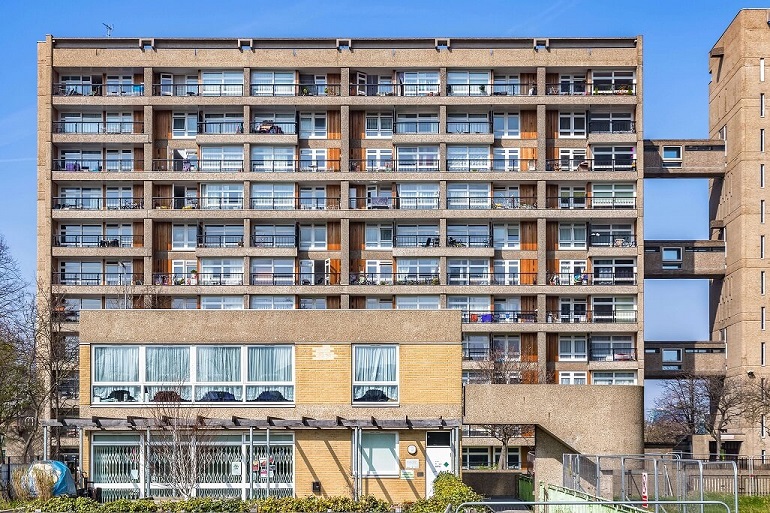When Michael Gove stood up in the Commons and announced that leaseholders in lower-rise blocks would no longer have to pay for the removal of dangerous cladding themselves, it seemed like the beginning of the end of a long nightmare for them.
Responsibility for the building safety crisis lies with a multitude of companies and agencies from developers to contractors to manufacturers. Leaseholders are innocent victims in this and it was outrageous that they were being left to pick up the cost.
So half a cheer to Michael Gove for saying he would sort this out by requiring the sector to come up with £4bn to help address the cladding crisis.
But Mr Gove ignored a key point. This is not a cladding crisis, it is a building safety crisis. Yet the Minister’s initial statement had nothing to say about the thousands of people whose homes are unsafe because of fire risks unrelated to cladding.


Scores of people in my Brighton Pavilion constituency are living in unsafe homes which they cannot sell because of issues like missing fire breaks or faulty fire doors. They are still waiting for the reassurance they desperately need.
When the gaps in Mr Gove’s plan were pointed out to him, he said that leaseholders facing non-cladding issues would have statutory protection from repair costs. But this is not the same as having the Government require developers to carry out remedial work themselves.
Nor is it clear how the Government will get the industry to sort out the crisis it created. Not surprisingly, developers are already saying it’s not fair that they should bear the brunt of the costs – despite the huge profits they’ve made in recent years from government schemes like Help to Buy.
When a quarter of the Tory party’s donations come from the sector, how soon will it be before the Government dials down the pressure on developers and quietly pushes the costs on to someone else?
There are other questions too. How will developers pay, exactly what costs will be covered and what happens if they refuse? And will housing associations be given access to funding collected from the industry to cover the costs of leaseholders so that the delivery of social housing is not affected by the fallout from this crisis.
There is a more fundamental issue too which is the opaque and unaccountable ownership model in too many of our housing blocks which ultimately leaves leaseholders on the hook when something goes wrong.
Take an example from my Brighton Pavilion constituency. Leaseholders at Stepney Court, a development in central Brighton, were told by the managing agent for the building’s head leaseholder that if the Building Safety Fund failed to cover a £4.9 million repair bill, the leaseholders would have to come up with the money themselves.
No point in the leaseholders banging on the door of the head leaseholder in protest. They are an offshore company registered in Guernsey and administered by an asset management company. Even getting a signature on a document is a tortuous process, let alone getting them to accept any responsibility.
The problems facing the leaseholders of Stepney Court go to the heart of the scandal: investors making money out of shoddy, substandard and sometimes unsafe housing and holding leaseholders to ransom when something goes wrong.
It is not enough for the Minister to demand the developers come up with the money to repair the damage they have helped cause. He must also ensure all companies investing in and making money out of people’s homes take responsibility and ensure that those homes are safe to live in.









